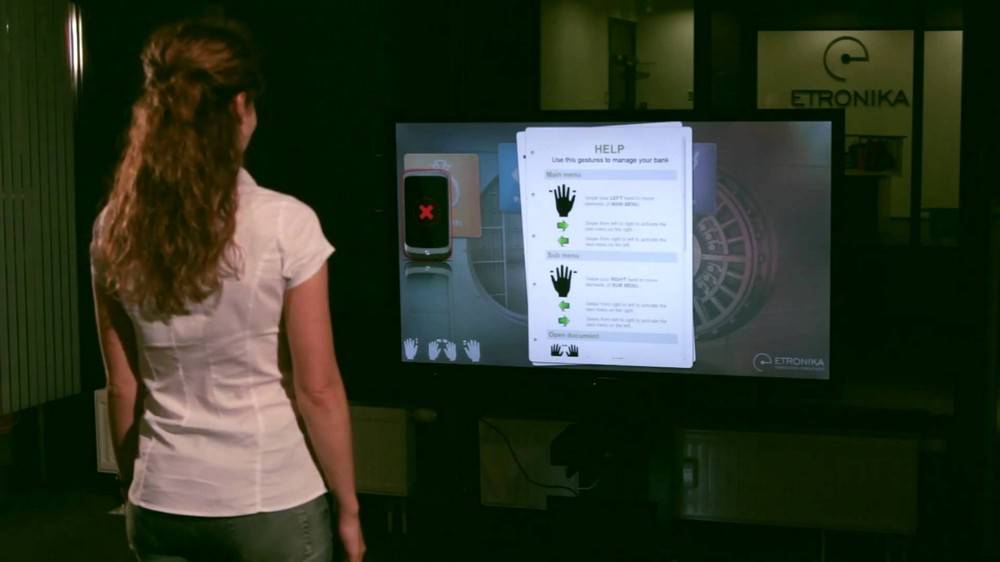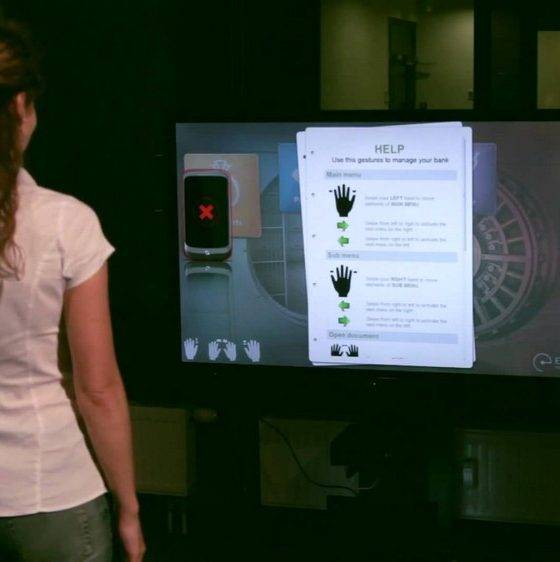

Banking
Video banking will play an important role in the bank branch of the future
Video banking plays an important role in the future of banks as it reduce the branch cost and helps in maintaining relationships with customers. This will also help banks to extend their traditional branches.
Video banking helps banks keep branch costs down and maintain strong relationships with customers
Reaching a larger number of customers at a lower cost
RBR’s new report, Teller Automation and Branch Transformation 2017, shows that banks in a number of countries are turning to terminals offering remote video transactions as part of their branch transformation strategies. Providing assistance from a remote location – often a call centre – these terminals allow banks to reach a higher number of customers at a lower cost. A small number of employees can provide services to customers in all parts of a country, including those where opening a branch, or employing specialist staff, would be impossible or unprofitable.
Chinese banks use video banking to widen access
Video banking has proved popular in China, where a large number of banks have installed terminals offering remote video transactions. They were first installed in 2011 by China Guangfa Bank, and are now used by over 30 banks. Small branches in remote locations are finding video banking enables them to add to their existing services by offering transactions which were previously only possible in a more traditional branch environment with multiple tellers. In larger branches, remote video assistance has allowed banks to migrate a large number of transactions from the teller to terminals such as the intelligent Teller Machine (iTM) deployed by China’s Bank of Communications, reducing labour costs and improving branch profitability.
Banks can extend their presence beyond traditional branches
In Europe, one of the main proponents of remote video assistance is Turkey’s Kuveyt Turk, with its Extreme Teller Machines, or XTMs. They feature a touch screen and allow customers to perform standard ATM transactions, whilst receiving assistance from a bank employee via a video link. They are marketed as mini-branches and have given the bank the opportunity to establish a presence in areas where opening a traditional branch would be too expensive.
Remote video helps banks keep branches profitable and customers happy
Successful video banking implementations are a win-win for banks and customers alike. Daniel Dawson, who led the RBR study, said: “Banks across the world are constantly on the lookout for ways to improve branch efficiency without compromising customer experience. Customers see branches as an important part of their banking relationship, and video banking helps banks offer existing, and in some cases new services, more cost-effectively”.















